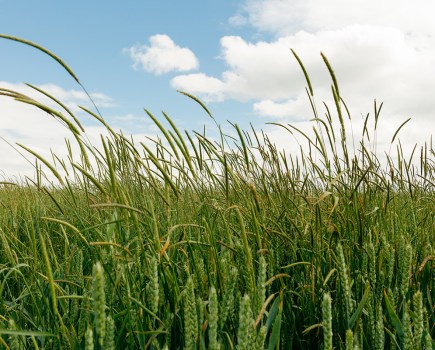“In the spring of 2017, I had the good fortune of being in Washington DC just as the new Trump administration was starting to flex its muscles. The mood on Capitol Hill could be described as ‘antsy’ as the world waited to see how the Trump rhetoric would ground itself in the real world. I was in the American capital visiting the USDA and the Farm Bureau to get an insight into what impact the new broom in the Whitehouse might have on the UK and world agriculture.
“Eight years later, there’s a strong sense of déjà vu but with a key difference – this time the Trump presidency has past form which may help to predict the next four years.
“The attitude of US farmers to Trump is a curious one. Electorally, they’re overwhelmingly supportive with an estimated 85-90% voting for him in 2024. In the US, farmers are traditionally Republican and with Trump in charge this support of the Grand Old Party is heightened.
“Instinctively farmers readily warm to his ‘bonfire of red-tape’ promises and the way he sticks two fingers up at the green movement and the environmental regulations it demands. But two other key elements of the Trump programme are far more problematic – namely trade and immigration.
“A rather unpalatable fact for the Trump-voting farming community is that up to 50% of the paid labour on farms is estimated to be ‘undocumented’. In other words, Trump seems to be determined to send most of the people that provide the paid labour on US farms back to the foreign lands they came from.
“Then, when it comes to trade, it has to be remembered the US is a major agricultural exporter – it produces 40% more food than it consumes. Arable crops in particular are heavily in surplus with 60% of the mighty 120M tonne US soy harvest being exported.
“China is a key importer of soya so Trump’s determination to readjust the trade balance between the US and China has significant repercussions when it comes to the prices US farmers get for their soy. In 2018, when China introduced retaliatory tariffs in response to Trump’s imposition of tariffs on Chinese goods, soya prices dropped 20% overnight.
“The USDA released a study showing an eye-watering $27Bn in losses for US agriculture and, of that amount, soya accounted for 71%. The importance of this for UK arable farmers is that when US trade gets disrupted, the redirected exports can end up on our shores. With feed wheat at £170/t, many of us can’t afford US policy changes that further depress that price.
“And while Washington wrestles with its trade imbalance with the likes of China, another key driver for farm profitability is the free trade agreement between the US, Mexico and Canada. This agreement is now up for review and Trump has made no bones as to how much he dislikes it.
“As for the pro-oil mantra – ‘drill baby drill’ – and Trump’s apparent scorn for measures to combat climate change, the big question is where that leaves the US bioethanol programme which absorbs a third of US corn production.
“During his first term in office, Trump’s response to any negative repercussions for the US farmer from his trade policy, was to throw treasury money at them in the form of emergency relief as part of the more general support that comes from the multi-billion dollar Farm Bill. Whether the same largesse will be shown in his second term remains to be seen. Trump has promised to slash state spending and the Farm Bill is struggling to escape the purgatory of short-term extensions rather than being given a firm four year footing.
“One thing is for sure, now the UK has left the EU it’ll be more vulnerable to the winds of change that blow across the Atlantic. British farmers would do well to keep an eye on Washington as well as Whitehall.”
This article was taken from the latest issue of CPM.
For more articles like this, subscribe here.
Sign up for Crop Production Magazine’s FREE e-newsletter here.




